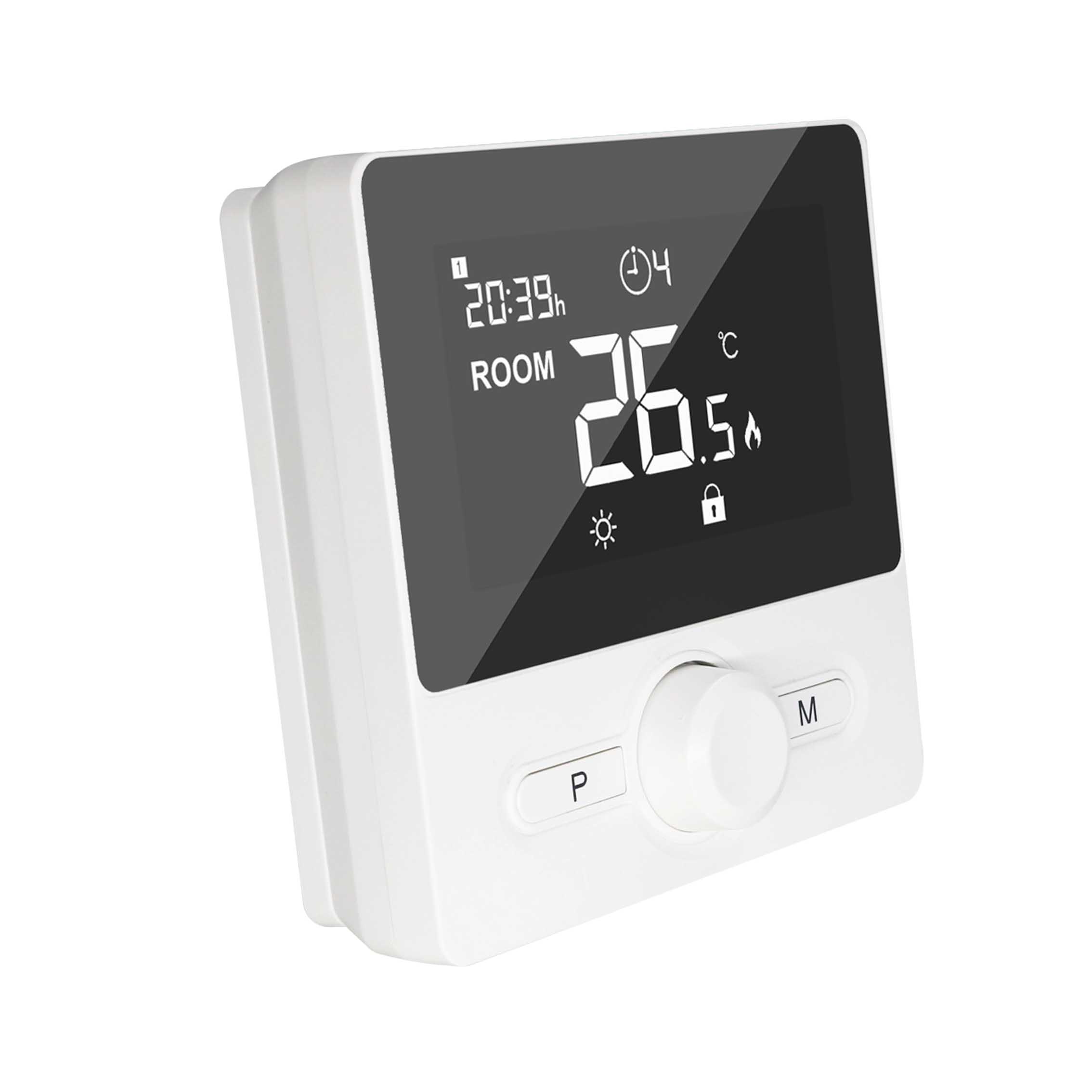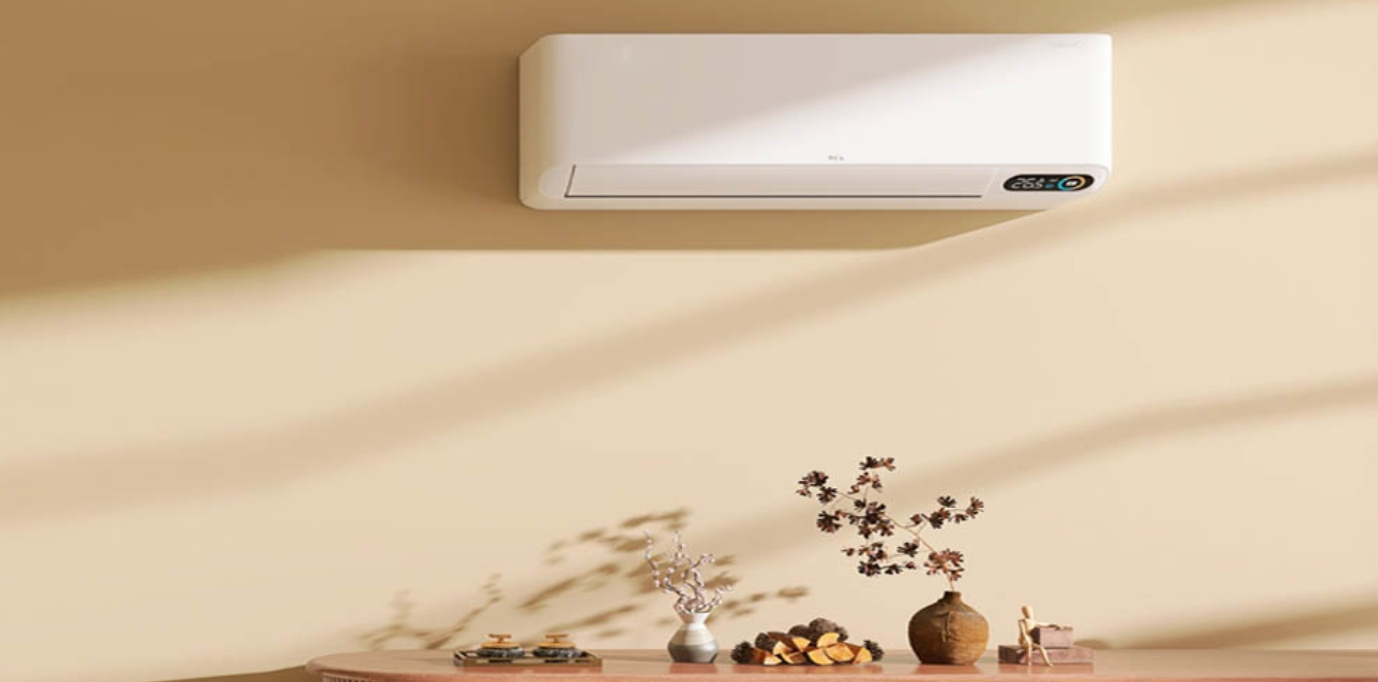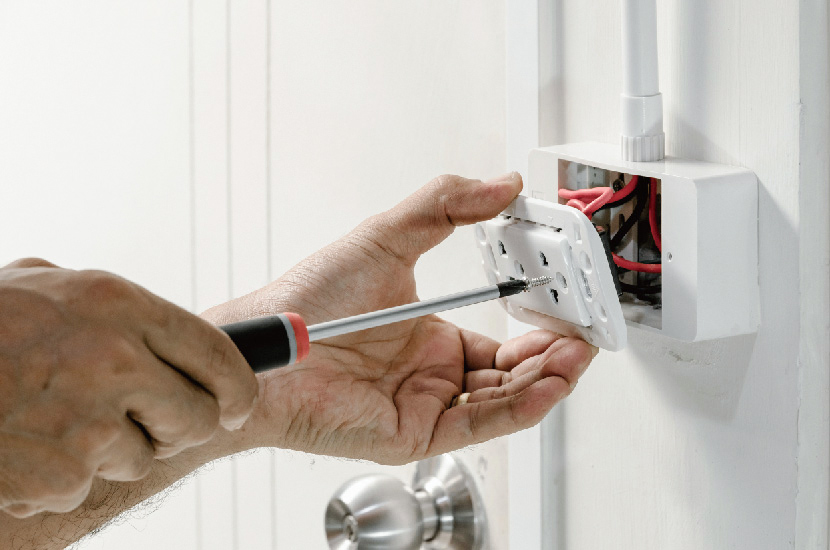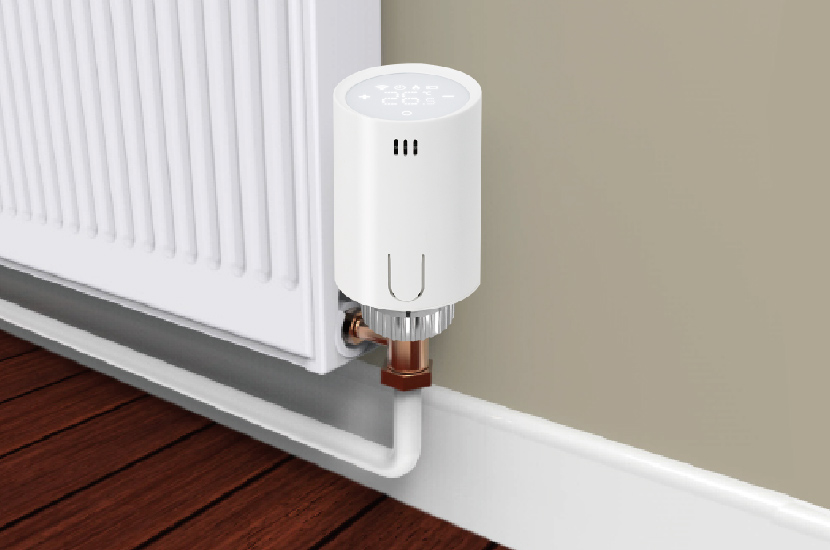How do I check the thermostat on my boiler?
Featured articles
More from the category
Boiler thermostat abnormalities will lead to increased energy consumption and increased safety risks. This article abandons redundant content and directly hits the core inspection steps and common faults to help you quickly locate and solve problems.

Inspection core preparation
First, ensure safe power off and disconnect the main power supply of the boiler. If the boiler is in operation, wait for the equipment to cool down completely before operating. Essential tools include a multimeter (for measuring voltage and resistance), a screwdriver, and a thermometer. At the same time, be sure to check the thermostat model, wiring diagram, and technical parameters. The user manual is an important reference.
Key points for the core inspection of three types of thermostats
Mechanical thermostat
Turn the temperature adjustment knob to feel whether it is smooth. If there is a jam or abnormal sound, it is likely that the internal gear is worn; use a magnifying glass to observe the contacts. If the contacts are black or burned, they need to be cleaned or replaced. Adjust the thermostat to different temperature levels and observe whether the start and stop of the boiler correspond to the set temperature. If the boiler does not respond, it is very likely that the bimetallic strip has failed.
Electronic thermostat
When the thermostat has no display, use a multimeter to measure the input voltage and check the power module. By measuring the resistance of the thermal resistor or the potential of the thermocouple and comparing it with the standard value, determine whether the sensor is normal. If the deviation is large, replace the sensor. Set different temperatures and detect the output terminal signal. If there is no output, check the relay, transistor and other components.
Smart thermostat
Confirm whether the thermostat is online through the mobile phone APP. If it is disconnected, check the Wi-Fi settings or network module. Perform remote control operations to verify whether the boiler responds. If not, check the communication line. At the same time, check the firmware version of the thermostat and update it in time. The old version is prone to functional abnormalities.
Quick check and solution of high-frequency faults
No response
Measure the power terminal voltage and check the fuse in turn. If they are all normal, further check the main control chip. The corresponding solution is to replace the fuse, repair the circuit or return to the factory for repair.
Inaccurate temperature control
Try to manually calibrate the sensor, and carefully check the setting parameters, and correct the wrong parameters to restore accurate temperature control.
Frequent start and stop
Appropriately increase the temperature difference setting of the thermostat, check the contact status, and polish the contacts if there are problems. At the same time, check the control circuit and replace damaged components.
Key maintenance after inspection
After the inspection, clean the surface of the thermostat with a soft cloth. If it is in a harsh environment, a protective shell needs to be installed. In addition, detailed information such as fault phenomenon, treatment method and replacement parts is recorded to form a maintenance ledger for subsequent tracking and prevention.













